At the gateway to the Tuamotu Archipelago, the Fakarava atoll is an ideal destination for scuba diving. It is also a privileged encounter with an unspoiled and fascinating nature. Although temperatures remain warm all year round, some visitors prefer to avoid the rainy season. What is the best time to visit Fakarava? This depends mainly on what you plan to do there.
Best Time to Visit Fakarava According to the Weather
Fakarava and the Tuamotus have two climatic periods during the year: the dry season and the wet season. From November to April, the southern summer is very hot and rainy and therefore very humid. The months of December, January and February are particularly bad.
However, Fakarava Atoll is a low-lying island with a high point barely above sea level. In the absence of relief, the clouds only fly over the atoll, more or less quickly depending on the strength of the winds. Showers are often temporary, but sometimes you can’t avoid several rainy days in a row.
From May to October, the southern winter is milder due to less rainfall and more sunshine. Temperatures remain constant, although not as high. The best period is between July and September with very pleasant weather conditions.
Best Time to Visit Fakarava for Divers
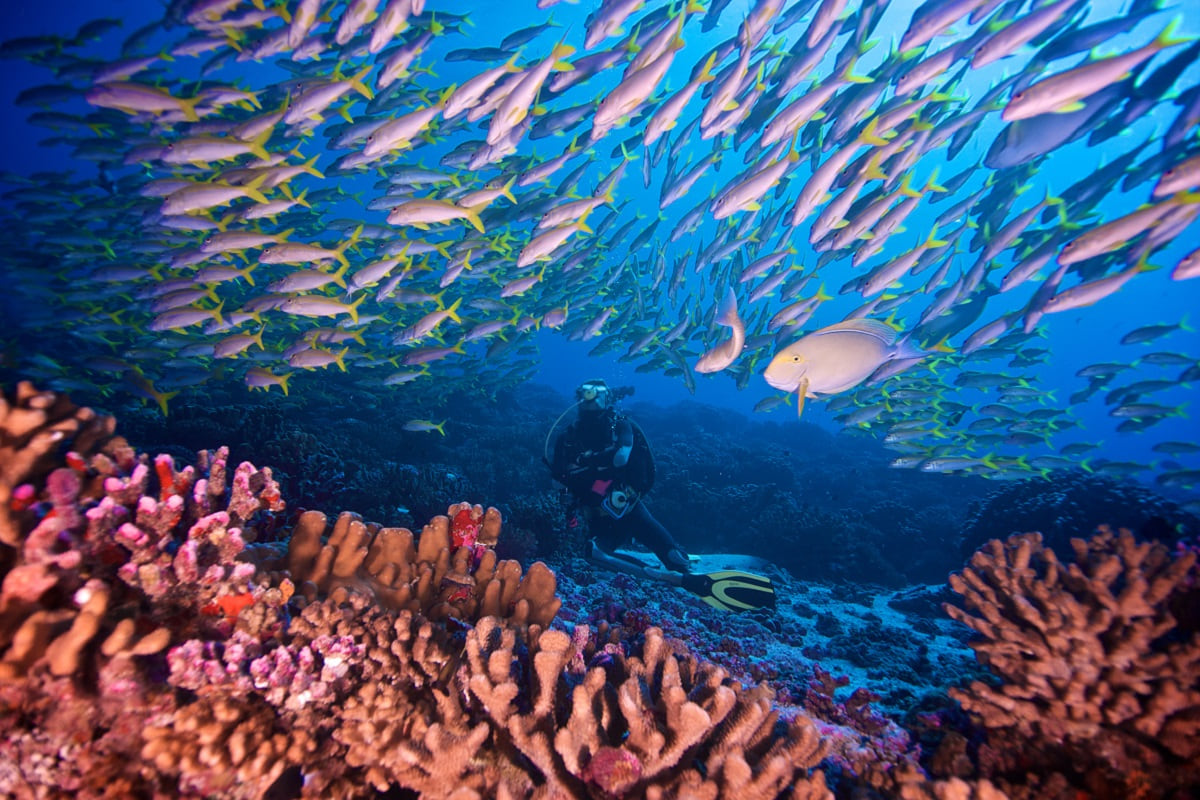
Diving in Fakarava is almost a way of life. Indeed, the atoll has internationally renowned sites: the Garuae and Tumakohua passes. Divers from all over the world flock here to discover the incredible aquatic life of this unspoiled atoll. The conditions underwater are excellent and the show is always there.
The southern winter is a particularly popular time for diving. As a result, accommodation and dive club facilities may be limited and the diving experience may seem less authentic. However, divers are not mistaken, because it is at this time of the year that they will make the most beautiful discoveries.
Every year and for a few weeks only, the Tumakohua pass becomes the breeding ground for groupers, gathering several thousands of individuals. An opportunity that predators, rays and sharks, will not miss. The whole thing takes on the appearance of an extraordinary aquatic ballet. June and July are the best months to go diving in Fakarava.
Best Time in Fakarava for Non-Divers
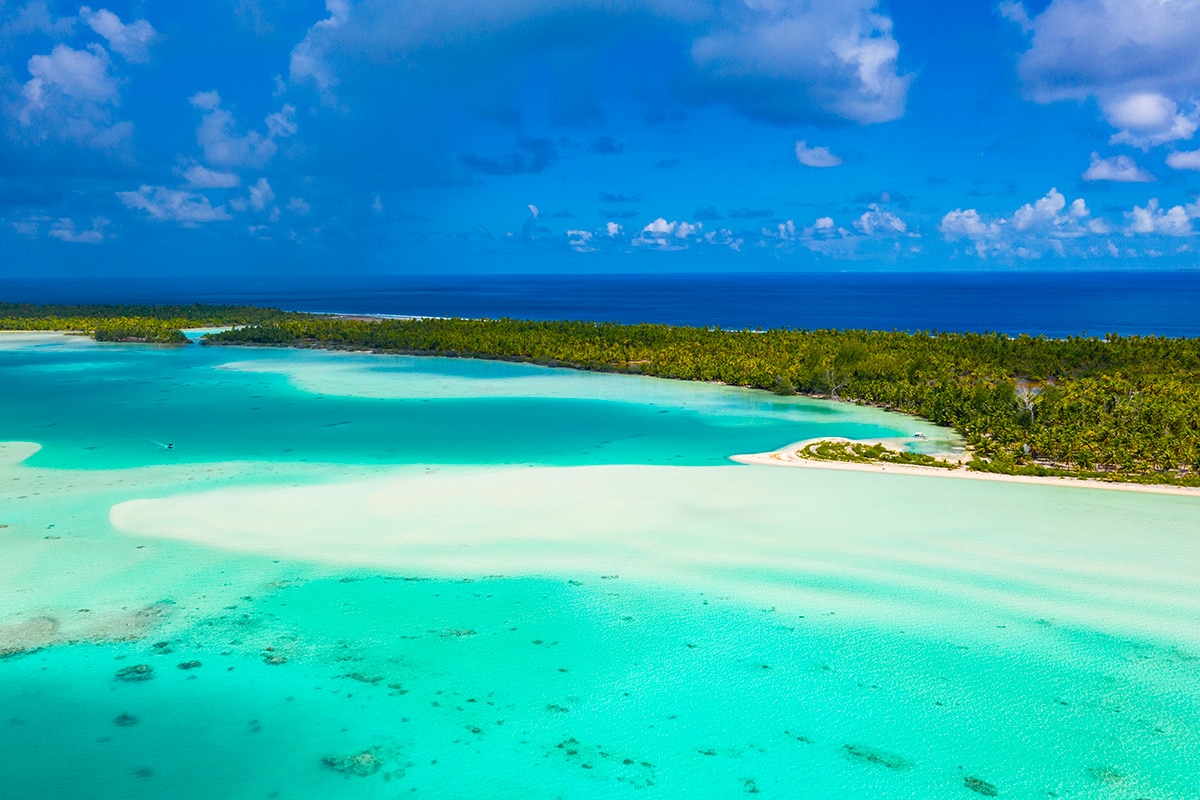
Of course, diving is the best thing to do. But there are many sights in Fakarava on the motus and on lagoon tours. Imagine these long white sandy beaches completely deserted and just waiting for you to explore! For the best adventure, it is recommended that non-divers avoid coming to Fakarava during the rainy season.
The dry season also poses different problems, namely the increasing number of experienced divers. Places in the guesthouses in Fakarava are limited and the price of a night increases considerably. However, a non-diver will almost never meet this diving crowd during the day, and will continue to enjoy virgin and deserted areas.
Non-divers should avoid visiting the atoll between June and July, and choose the period from August to October for the best conditions on land and in the lagoon.
Going to the Tuamotus
The best time to visit Fakarava depends on your ability to dive. A diver will always find something to experience intensely, regardless of the weather conditions. Others will prefer the dry months of the southern winter. Getting to Fakarava is relatively simple and raises the question of your itinerary in French Polynesia. Contact us to start your trip to the South Sea Islands.

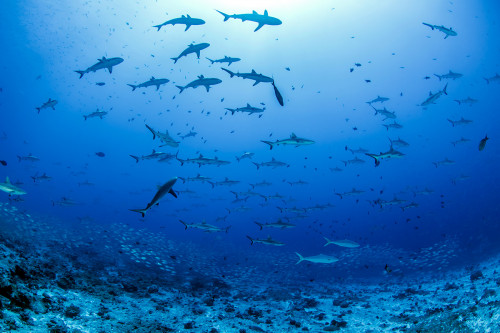
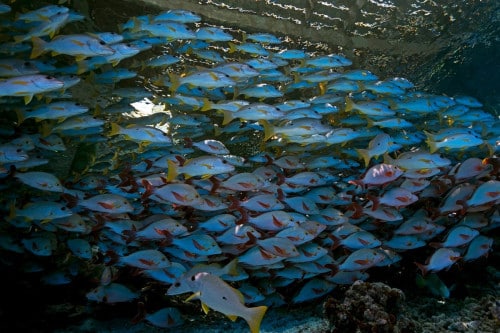
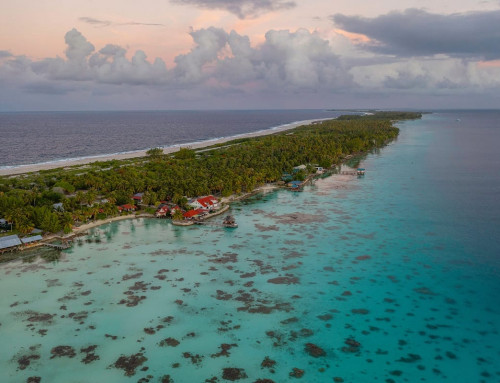
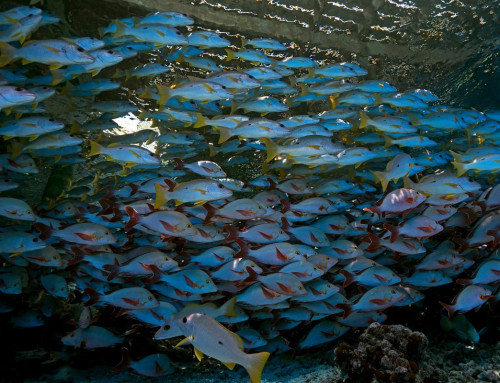
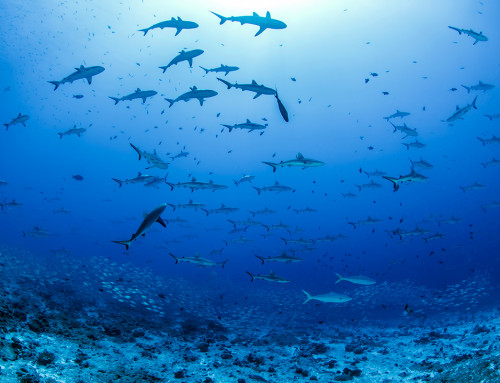

Leave A Comment